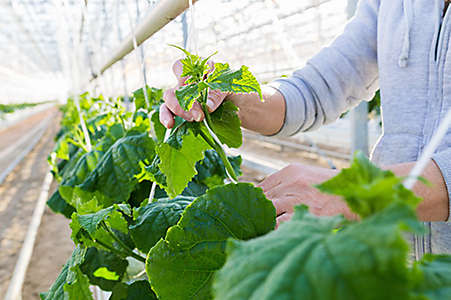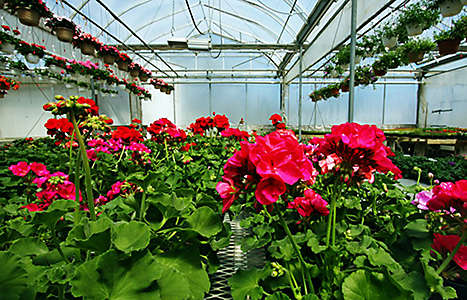Every young-plant grower and producer wants to harvest the highest quality plants in the shortest crop time. Along with this shared goal comes a shared fear: raising plants that don’t reach their maximum potential. And often, young-plant growers and producers run into the same problem: their crops reach a plateau in quality and crop time. They may attempt to alter the environment (adjust the air or temperature) or make changes in plant fertility and genetics, but ultimately these changes do little to improve crop quality and reduce crop time.
Adding or removing products in the growing program can make a big impact, but at Kemin Crop Technologies, we often meet growers and producers who are reluctant to do so. Product changes take time and effort. Growers and producers have to research each product, conduct trials and design and effective production system. But without regularly evaluating the products and procedures in a growing program, how can one know what is and isn’t performing well?
We know growers and producers are already busy, and that’s why Kemin Crop Technologies wants to give you simple but effective ways to evaluate and implement new products into your growing practices. Our expert gave us his best tips for incorporating a new product into a growing system.







